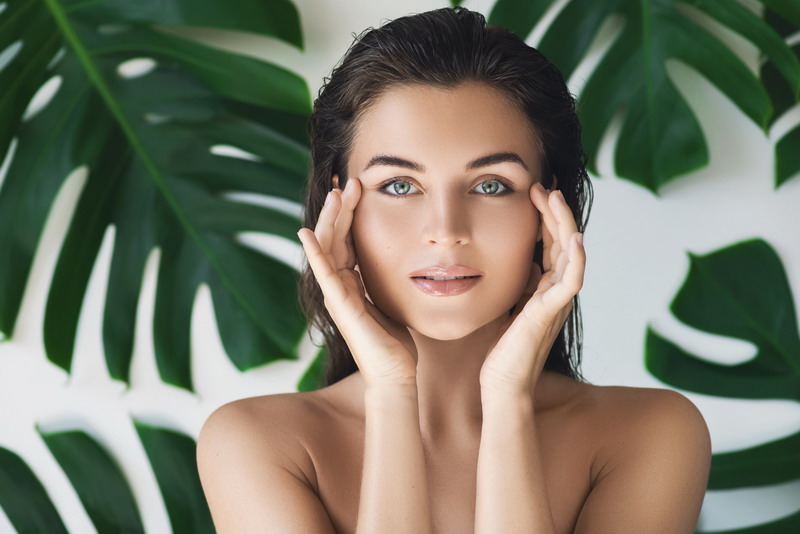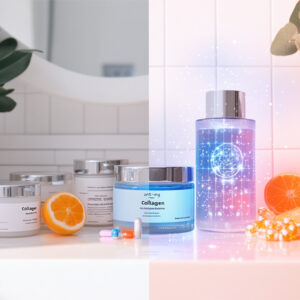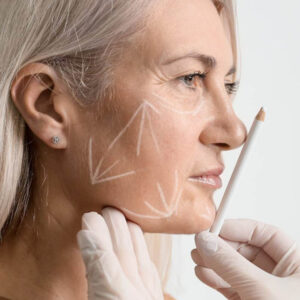How Does Clean Beauty Differ from Natural Beauty?

Terms like ‘clean’ and ‘natural’ are frequently bandied about in the cosmetics and skin care industries. This is not necessarily a good thing for consumers in as much as they might not always know what the terms mean. Suffice it to say that clean beauty is not the same thing as natural beauty.
At Massachusetts-based Poethique, management and sales have to deal with the two terms quite frequently. It is important that they market their products accurately in every respect so as not to make false claims or confuse customers. Any problems they run into are generally the result of the fact there are no hard and fast definitions of clean and natural beauty, according to Poethique’s Gayatri Pradhan. This leaves companies like hers having to define the terms for themselves.
General Guidelines
Fortunately for Pradhan and Poethique, there are some general guidelines they can follow. Those guidelines were discussed in a February 2018 article published by Shape magazine. According to author Julia Malacoff, the term ‘natural’ is usually used in relation to the purity of a product’s ingredients.
For example, the natural ingredients found in Poethique products are derived from nature and totally devoid of synthetics. So we are talking essential oils, fruit and vegetable extracts, plant extracts, etc. If it’s not found in nature, it is not considered a natural ingredient.
The term ‘clean’ refers to product safety. A clean beauty product has been tested to verify that there are no substances in it that could be potentially harmful. In some circles, the cleanness of a product also extends to its sustainability and eco-friendliness.
A clean beauty product is not likely to contain parabens given the general assumption that long-term exposure to parabens could be harmful. Phthalates are another group of chemicals that makers of clean beauty products avoid.
Unregulated and Interchangeable
Though the general guidelines do exist, marketing both clean and natural beauty products is still tricky business. Neither term is regulated for marketing purposes. Furthermore, the two terms are sometimes used interchangeably. This serves to both create confusion and allow marketers to say things that may not necessarily be true based on the generally accepted guidelines.
The unregulated and interchangeable nature of the terms suggests that consumers need to be very careful about those health and beauty products they choose to buy. The reality is that not all natural ingredients are also clean ingredients. As an absurd example, there are certain kinds of mushrooms that can kill you. Said mushrooms would be considered natural according to the general guidelines, but they would not be considered clean.
By the same token, not every clean ingredient is also a natural ingredient. There are plenty of synthetic ingredients used by manufacturers that pose absolutely no risk to human health. That makes them clean. But because they are synthesized in a lab, they are not natural.
One, the Other, or Both
Wrapping all of this up, it is clear that the differences between natural and clean beauty are significant enough that manufacturers and marketers should draw a clear distinction. Unfortunately, that’s not always the case. A customer looking to replace all her normal skincare products with better alternatives could opt for natural, clean, or both.
The point for consumers is to not assume that clean and natural are the same thing. We should also not assume that one automatically implies the other. Natural and clean beauty are two distinctly different things that should be viewed as such. And if a manufacturer willingly refuses to define its own terms, perhaps its products should remain unsold on store shelves.




